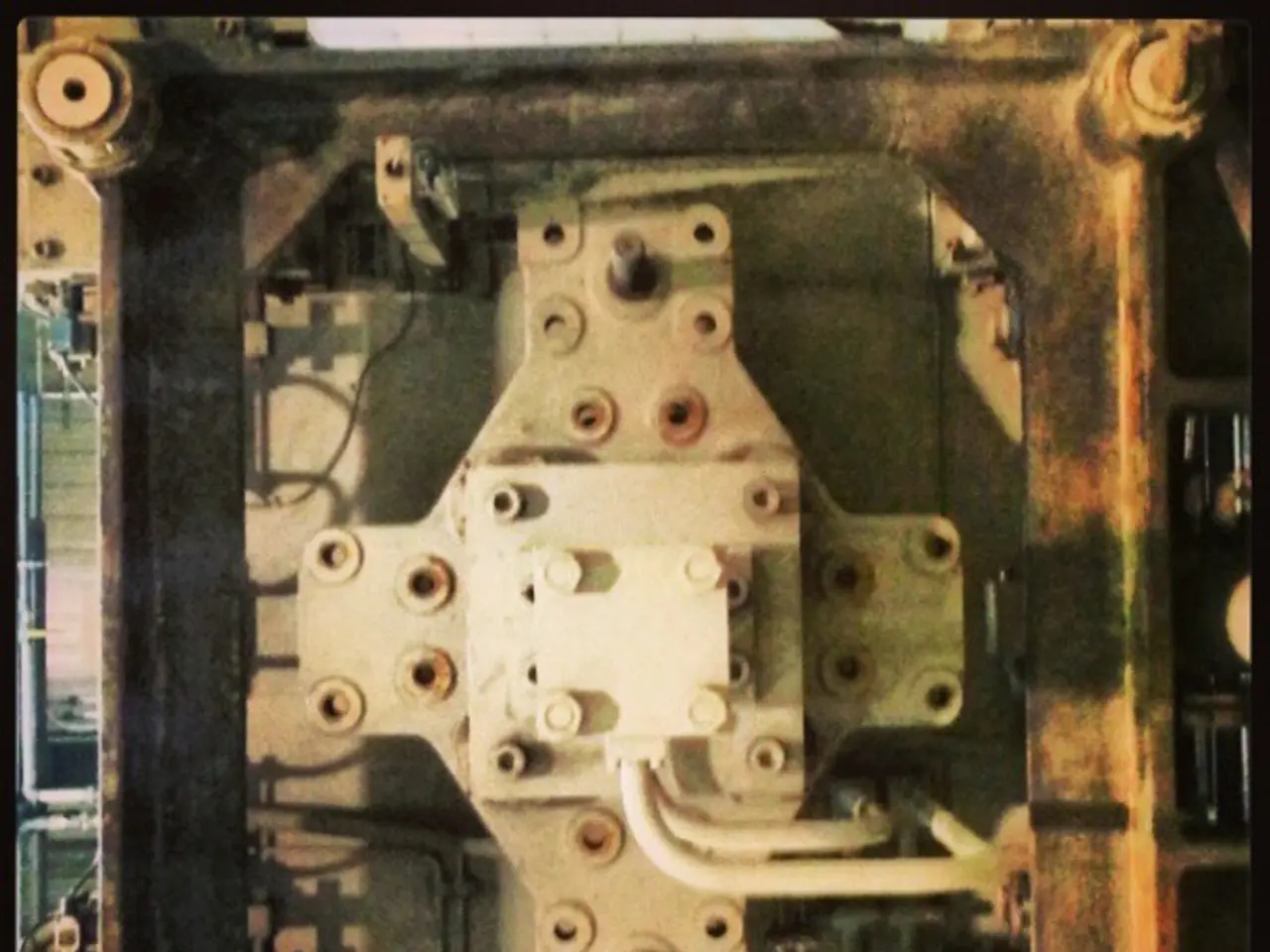Braces Made from Metal: Applications, Pricing, Advantages, and Additional Information
Orthodontic treatment is a common procedure used to correct dental crowding, straighten teeth, and correct bite. One of the most popular methods for this treatment is the use of braces.
Metal Braces
Metal braces are a type of fixed appliance used for orthodontic treatment. They offer strong durability, high effectiveness for complex orthodontic issues, and are generally more affordable than ceramic, lingual, or Invisalign treatments. However, they are more noticeable, can cause oral irritation, require careful hygiene, diet restrictions, and may cause some discomfort during adjustments.
Ceramic Braces
Ceramic braces are similar to metal braces in function but use clear or tooth-colored brackets that are less visible. They are generally chosen by adults seeking a discreet fixed-brace option but tend to be more expensive than metal braces. Ceramic brackets are more fragile and their elastic ties can stain, requiring more maintenance.
Lingual Braces
Lingual braces are attached behind the teeth, making them nearly invisible from the front. They provide similar effectiveness to metal braces for complex corrections but can be more costly and may cause tongue irritation or speech issues during adaptation.
Invisalign (Clear Aligners)
Invisalign offers greater aesthetic appeal and easier oral hygiene. They cause less discomfort and allow normal eating without restrictions. However, Invisalign requires strong patient compliance (wearing 20-22 hours per day), may not be suitable for very complex cases, and can be more expensive than metal braces.
Orthodontic Care and Diet
Regardless of the type of braces used, a person needs to monitor their diet and oral hygiene more closely. This includes cutting hard foods into small, bite-sized pieces, brushing above, on, and below the braces at least three times a day, including at least 1 hour after meals, and cleaning between their teeth with other suitable tools.
Avoid sticky, chewy, or hard foods when you have braces, including popcorn, nuts, hard and chewy sweets, ice, chewing gum, whole hard fruits such as apples, raw vegetables such as carrots, corn, hard bread such as rolls or bagels, ribs, and any food that could potentially damage or dislodge the braces.
Cost and Coverage
The cost of traditional metal braces ranges from $3,000-$6,000. Ceramic braces may be more expensive, costing between $4,000-$8,000. Lingual braces are more expensive, costing between $8,000-$10,000. Invisalign treatment costs between $4,000 and $7,400, making it more costly than the most expensive metal braces.
Medicaid covers dental services for all children and may provide comprehensive dental care for adults, depending on the state.
Studies and Findings
A study notes that while Invisalign was effective in treating malocclusions, the results were not as accurate as fixed appliance treatment options such as metal braces. Another study found that metal braces were more effective in treating teeth rotation, retention after brace removal, and certain types of malocclusions compared to clear aligners.
Self-ligating braces can offer faster treatments than metal braces, are more efficient at moving teeth, and require fewer checkups with the orthodontist. A study found that self-ligating braces accumulate less Streptococcus mutans than metal braces. Streptococcus mutans is a bacterium that has links with teeth decay. However, a study found that participants with ceramic brackets experienced more enamel demineralization than those with metal brackets.
In summary, metal braces are a durable, cost-effective choice especially for complex treatments but less aesthetic and comfortable compared to ceramic, lingual, and Invisalign options. Ceramic and lingual braces offer better aesthetics but at higher cost and potential fragility or comfort trade-offs. Invisalign provides excellent aesthetics and convenience but demands compliance and is less suited for severe orthodontic problems.
The choice of orthodontic treatment, such as metal braces, ceramic braces, lingual braces, or Invisalign, varies based on factors like aesthetics, comfort, and cost. For instance, metal braces are budget-friendly and effective for complex issues, while ceramic braces offer a less visible option but are more expensive and prone to staining.
Invisalign, with its clear aligners, provides improved aesthetics and easier oral hygiene, but it is more expensive and may not be suitable for very complex orthodontic issues. It's essential to consider the pros and cons of each treatment in the context of dental health, dentistry science, and overall health-and-wellness when making a decision.




